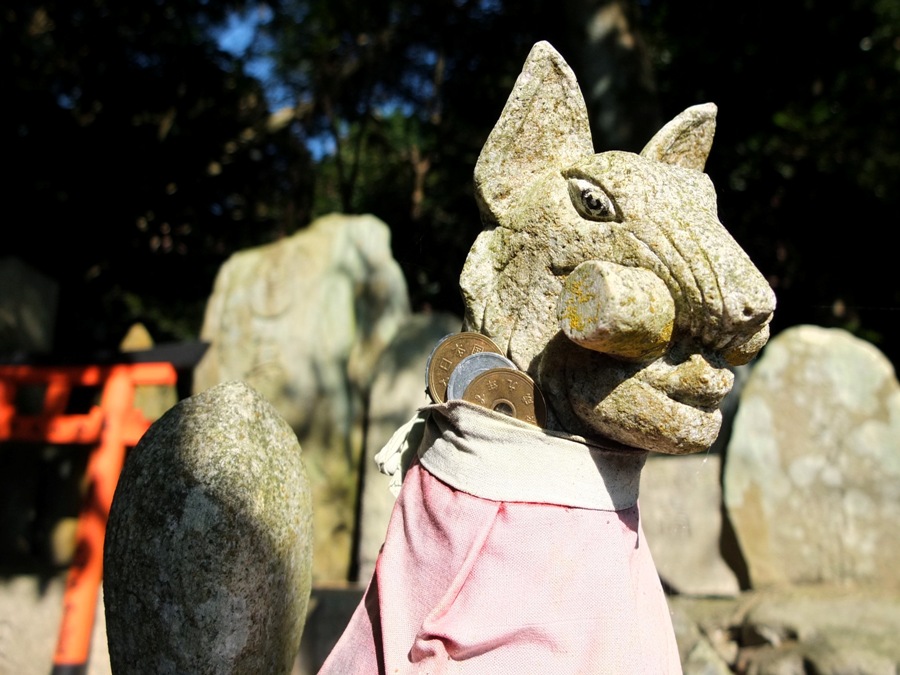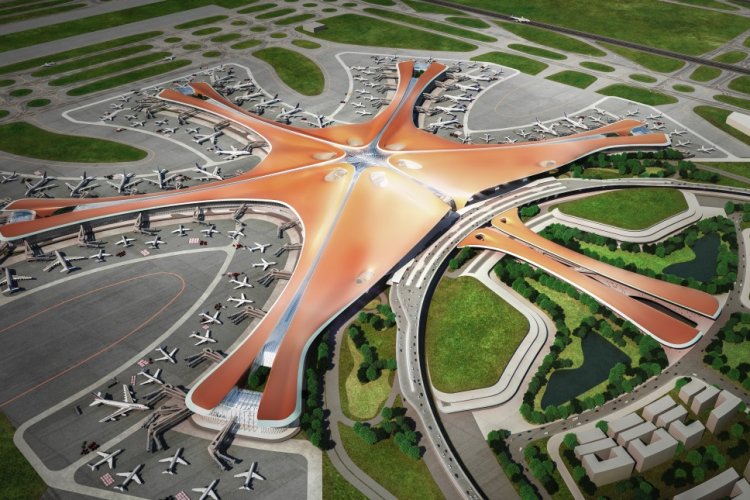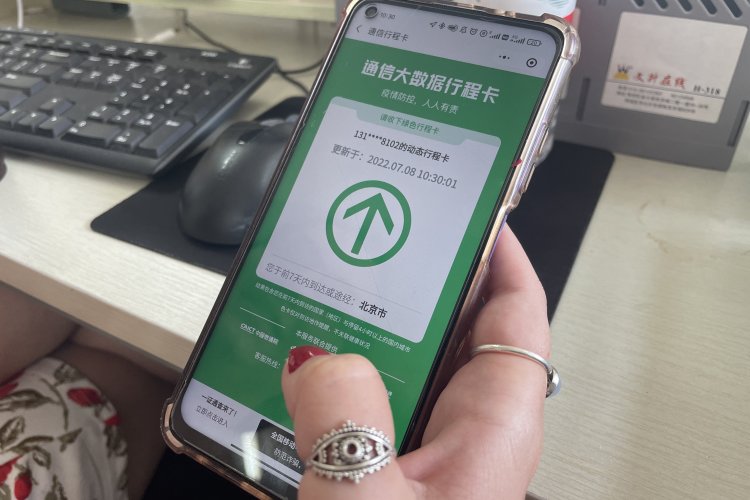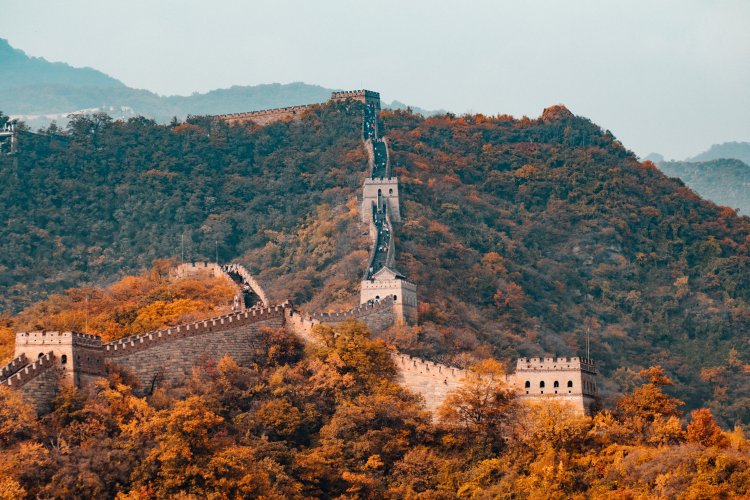Visiting Kyoto: The Tranquil Heart of Japan's Pre-Meiji Past
A two-hour ride west by bullet train, through brilliant, golden fields of barley, gives you time to decompress from the all-encompassing din of Tokyo and leads you straight to the cultural capital of Japan. Kyoto, which was Japan’s imperial capital for over 1,000 years until it was relocated to Tokyo in 1868, is absolutely heaving with shrines, temples, and gardens, making a selective itinerary a must and an unplanned extension of your stay probable.
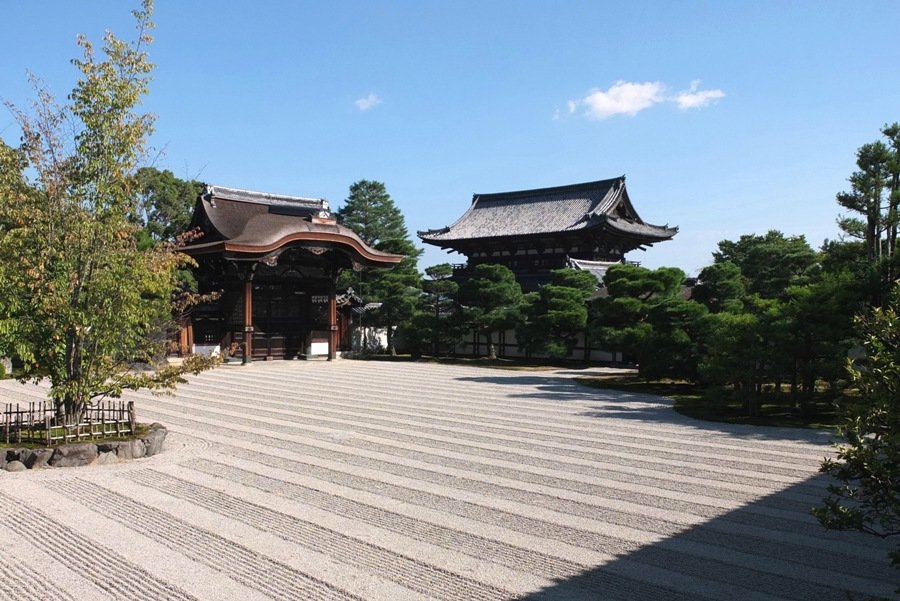
The sights are spread out around the periphery of the city and most can be reached within 30 minutes from Kyoto’s urban center by bike. A word of warning though: for a country lauded for its safety, it seems surprisingly lax in its enforcement or regulation of bike lanes, which means that pedestrians and cyclists share the same pavement and can make for an infinite game of chicken. Before heading out, stock up on some local delicacies in the Nishiki Food Market, including our favorite tako yaki – balls of octopus and batter, brushed with sweet sauce and topped with spring onions and bonito shavings. Don’t dive right in, however, as they’re hotter than the center of the sun, as the roof of my mouth soon discovered.
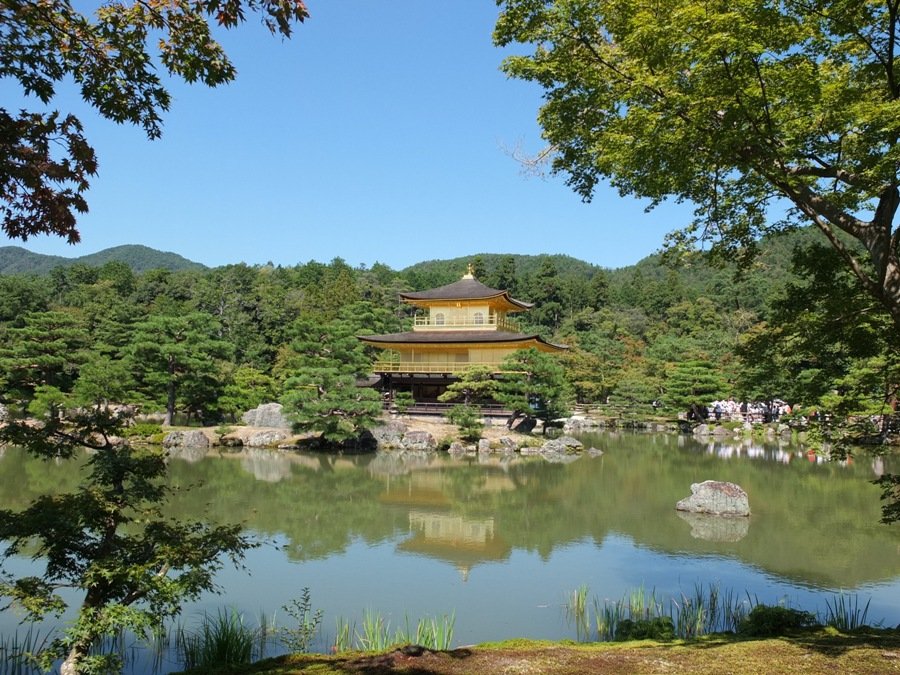
Once fed, ride to the northwest corner of the city, skipping the bland Arashiyama Bamboo Grove and its surrounding tourist trap, and go see some of the country’s finest temples instead: Ninna-ji, once the retirement home of the Emperor and located near to the famous Golden Pavilion, offers an escape from the crowds and a fine example of exquisitely crafted halls, gardens, and pagodas, which you take in while walking barefoot, feeling the gentle creak of the centuries-old wooden flooring below. Ryōan-ji, the Zen temple and its adjacent 25-meter-long dry landscape rock garden, provides an equally tranquil experience, with specially selected pebbles arranged about larger boulders to give a calming ripple effect, which transfixes onlookers for hours.
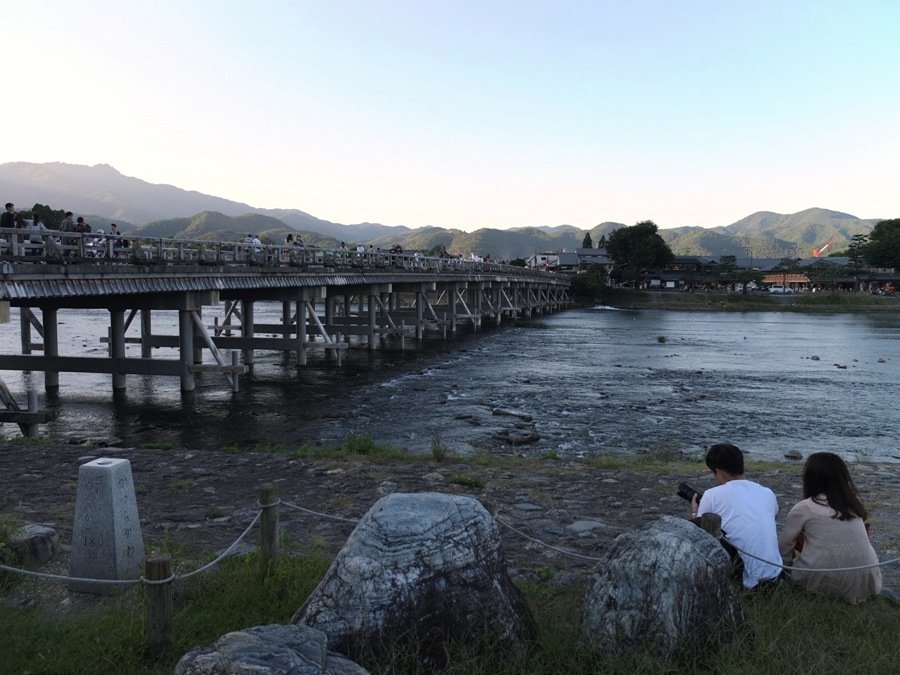
Finish the day with a ramble up to Kiyomizu-dera (pictured at top), a Buddhist temple that sits atop a hill at the end of the ancient winding alleyways of Gion Shirokawa, overlooking the southeast corner of the city. This is the perfect setting to watch the sun go down and the last of the light illuminate the throngs of women dressed in their finest kimonos, emulating the elusive geisha that move swiftly between the buildings below. Just northwest of this wooden giant, one of Kyoto’s many rivers dissects the city north to south and takes on an almost European feel, with groups of imbibing youths spattering the grassy river banks, ideal for meeting locals outside of the excess and noise of nearby karaoke bars later in the night.
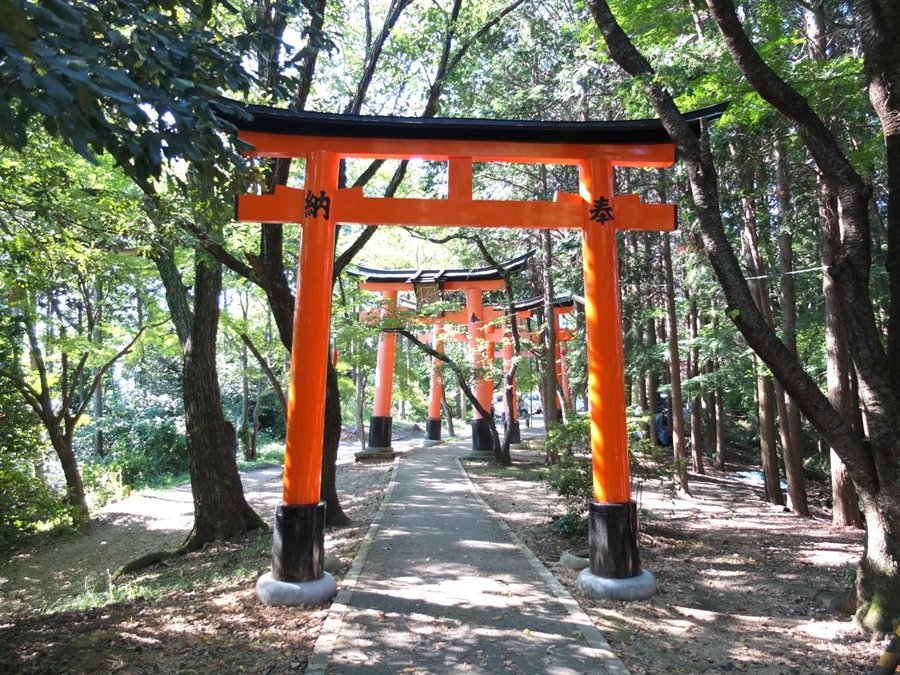
This is only a tiny portion of what Kyoto has to offer and while some visitors are turned off by the vapid, tourist-tailored attractions (looking at you, bamboo) the number of outstanding examples of pre-Meiji architecture and cultural relics more than make up for the duds and will keep you captivated throughout your stay.
Heading to Japan? You may also want to check out our guide to visiting Hiroshima.
More stories by this author here.
Email: tomarnstein@thebeijinger.com
WeChat: tenglish_
Instagram: @tenglish__
Photos: Tom Arnstein


